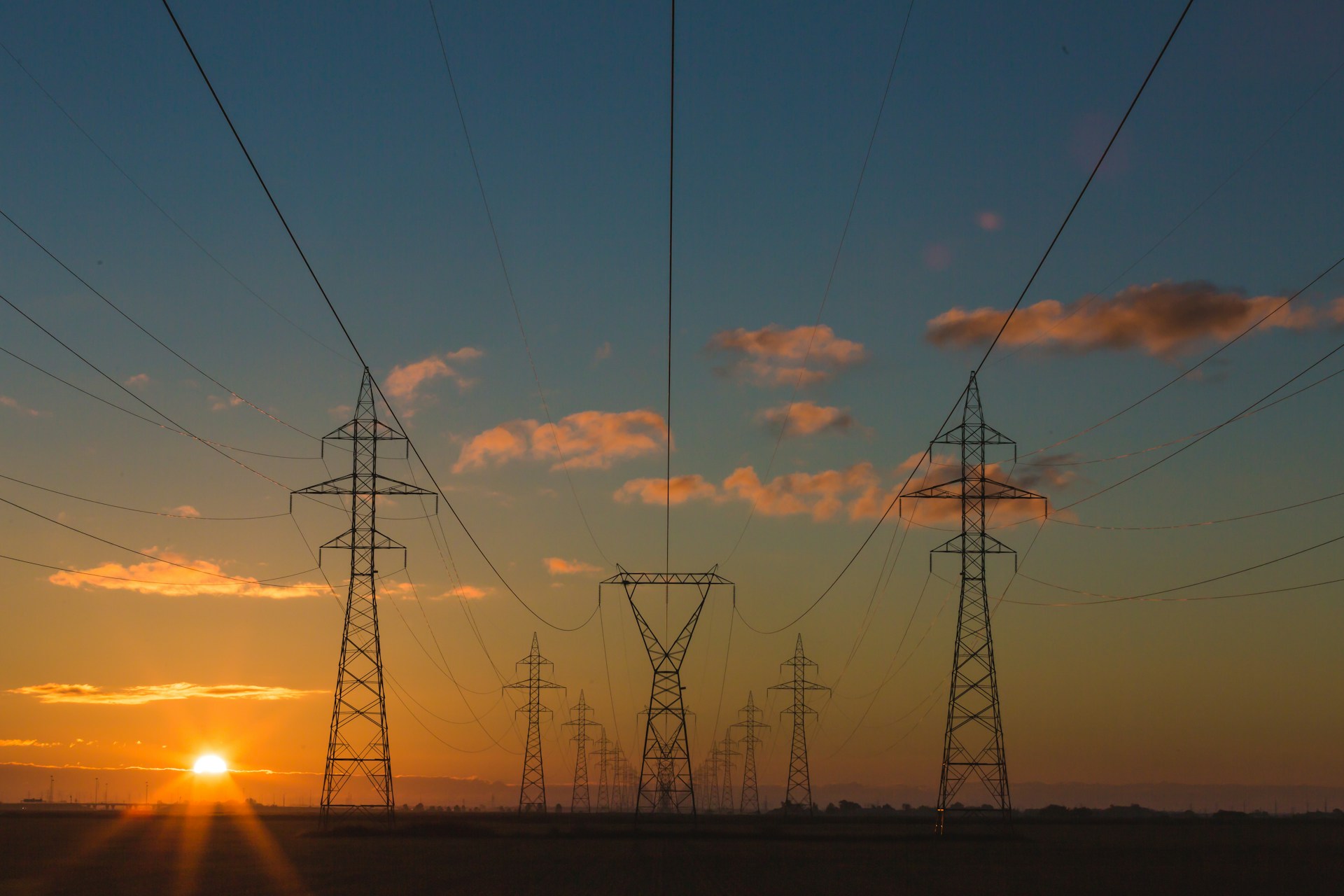
Energy costs continue rising, and many consumers are looking for ways to save money. Several energy suppliers exist, and knowing which one a consumer should choose can be challenging. Even those working with energy suppliers for many years struggle with this task. However, this does not mean a person should just accept the price they are charged by their current provider.
Individuals living in a state that allows for deregulation can switch providers to receive lower energy prices. They may hesitate to do so because they don’t know how to proceed. The following guide will provide information on switching energy providers.
Switching Providers
Many people are frightened at the thought of getting a new energy provider. They know that these providers often use deceptive marketing tactics to draw people in. They offer a super low rate initially, only to have that rate skyrocket in a few months. Some providers avoid disclosing all fees, and the consumer does not learn about these fees until they have already signed a long-term contract. Sadly, this industry has shady operators who exploit people’s lack of knowledge.
Plans
When choosing an energy provider, individuals need to look at reviews and learn which plans offer what they say they do. When comparing providers, they need to look at all-inclusive rates, including transmission and delivery charges. Sometimes, the provider only shows the energy supply rate, leading consumers to believe they are getting a great deal. When the first bill arrives, they are shocked to see how much they pay.
Rate Comparison
When researching energy providers, look at the rate for service. Fixed-rate energy plans allow consumers to pay the same rate for service throughout the length of the contract. Individuals who carefully follow a budget often prefer this option because they know how much they will pay. The rate stays the same, and they can control usage to keep the bill under control. Consumers like this because it protects them against upswings in the wholesale electricity market. Anyone who has ever experienced one of these upswings knows how it can decimate a budget quickly.
Variable rate plans, in contrast, charge consumers by the kWh. The price they pay is based on the market price. While consumers pay less when prices go down, that doesn’t happen as often as most people would like. When rates go up, consumers may be paying significantly more than expected. They must prepare for this.
Plan Length
The length of the plan should be considered when choosing an energy provider. Companies offer a range of plans, often between six and 36 months. Every person must determine the level of risk they are comfortable with when selecting a plan. The fixed rate remains the same until the plan ends, and individuals who decide to exit a plan early will pay an early termination fee. Some states have a clause stating that an individual moving outside of the service area may terminate without paying this fee. They must provide proof that they are moving. Short-term plan rates are slightly higher than those seen with long-term plans.
Every person should shop around for a new energy provider at least once a year. Doing so can save significant sums of money. Start this search today, and you can quickly find a new energy provider that provides outstanding service at affordable prices.
Hey welcome to my blog . I am a modern women who love to share any tips on lifestyle, health, travel. Hope you join me in this journey!

Speak Your Mind